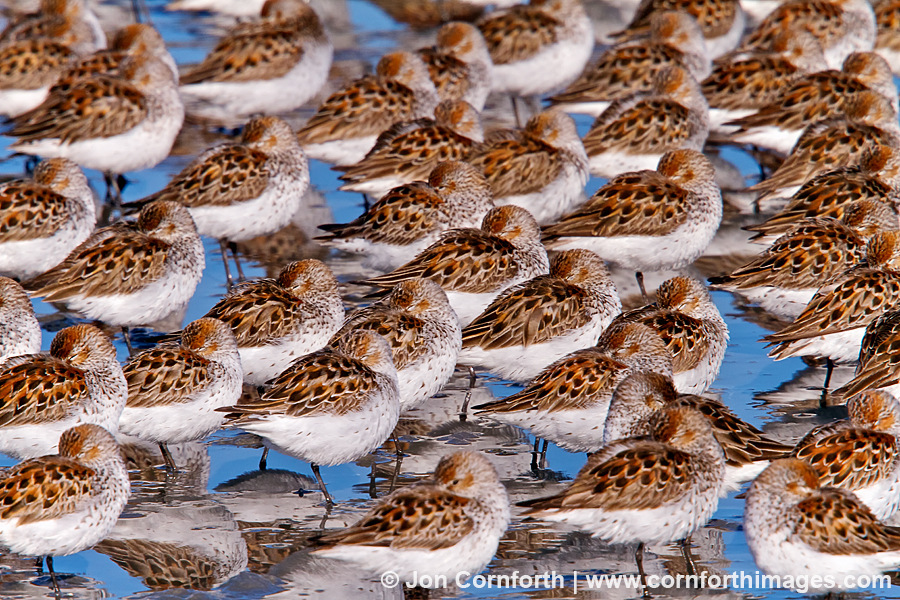
Columbia Glacier Sea Otters 1
Posted onWhile visiting the Columbia Glacier last month, I spent a lot of time photographing sea otters, or should I say, trying to photograph sea otters. They are very shy creatures, and difficult to approach. I had a Canon 500mm f4 IS lens with me, but that lens is way too heavy to hand-hold while motoring around in my inflatable all day. Fortunately, I also had my trusted Canon 400mm f4 DO IS lens, which is much lighter. When combined with my Canon 7D and 1.4X tele-converter, this set up becomes the equivalent of a 900mm lens. I prefer marine mammal images that are photographed from as close to the water as possible. This yields a much better sense of location plus a softer background than images that are taken from higher up on larger boats. This mother and pup kept an eye on me the entire time, which gave me the eye contact that I prefer when photographing wildlife. Keep in mind that I was piloting my inflatable with my other hand while also trying to compose this picture. This image is a single-exposure which required minimal processing using Aperture 3 and Photoshop CS5.
In case you missed it, please check out my sea otter article from this trip that were recently published in the UK’s Daily Mail.









